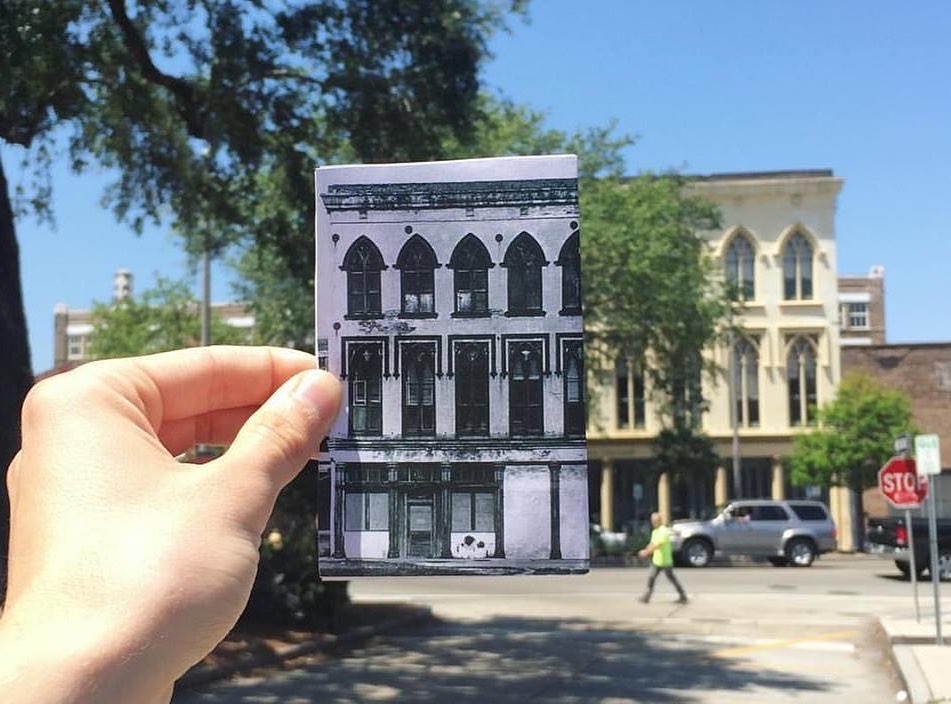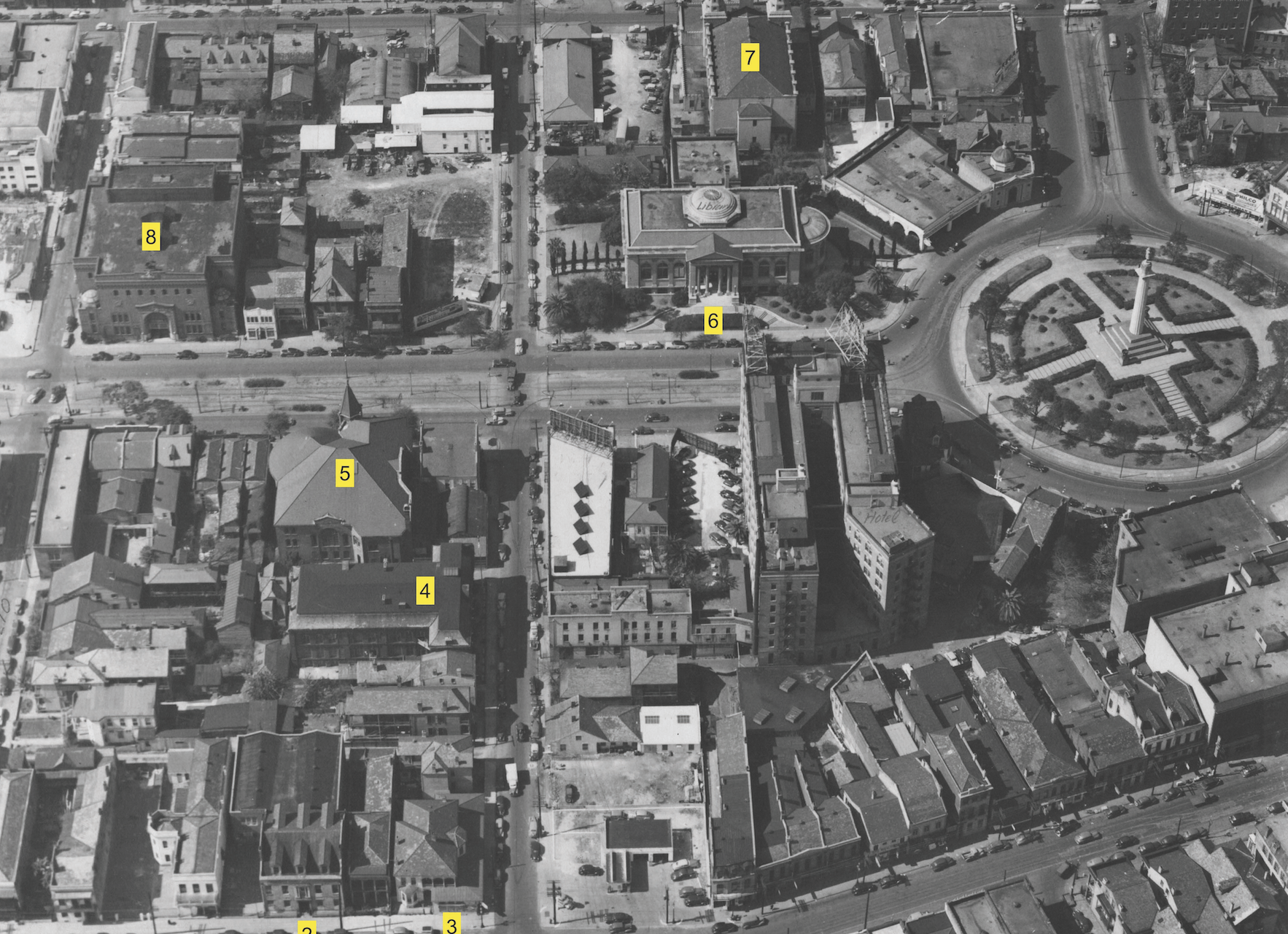This story appeared in PRC’s Preservation in Print magazine. Interested in getting more preservation stories like this delivered to your door? Become a member of the PRC for a subscription!
Since the late 1970s, Preservation Briefs published by the Technical Preservation Services division of the National Park Service have been an important resource for architects, contractors, historic preservation professionals, and owners of historic property. The briefs provide specific guidelines for the physical preservation of various historic materials and architectural features, as well as guidance for addressing the practical concerns associated with the rehabilitation of historic structures for modern use.
Technical Preservation Services has begun revising older briefs to take into consideration advances in products and technologies and evolving attitudes on best preservation practices. Preservation Brief 16: The Use of Substitute Materials on Historic Building Exteriors was perhaps the most overdue for an update, given the rapid advancement in building product development in recent years. Many substitute materials available today were not available when Brief 16 was first published in 1988.
NPS released a revised version of Preservation Brief 16 in October and conducted two public webinars on the updated guidance in February. A third webinar is scheduled for April 25 at 1 p.m.
The use of substitute materials is not a recent phenomenon. In Louisiana, scored stucco or even wooden blocks were often used to replicate the look of stone in a more cost- effective — and locally available — material. Materials developed in the 19th century specifically to imitate stone architectural features, such as cast stone, terra cotta and cast iron, have now become historically significant. A wide variety of new materials also were developed in the mid-20th century. Many of these products, which are character defining features of those buildings, were later found to contain hazardous substances or had limited longevity and are now being considered for replacement.
Casting concrete blocks to mimic quarried stone was a popular late 19th- to mid-20th century technique. Concrete masonry units could be completed by local craftsmen, saving time and shipping costs. Photo by John Sandor, courtesy of the National Park Service.
Stucco has been used to imitate building materials for many centuries. Seen here, stucco was applied to a brick structure and scored to represent a stone façade.
Composite siding products, such as fiber cement, are often used today to replace historic wood weatherboards. Due to the standardized dimensions available, it is often not possible to match the thickness, exposure or visual texture of the original wood siding.
Substitute materials are a matter of particular interest when completing a historic rehabilitation that utilizes federal or state historic rehabilitation tax credits. All certified rehabilitations must comply with the Secretary of the Interior’s Standards for Rehabilitation, a set of 10 overarching principles intended to ensure a building’s inherent historic character and integrity are maintained.
The repair of existing historic fabric — the material in a historic property that was part of original construction — is always recommended over full-scale replacement. If deterioration is so significant that full replacement is warranted, the new feature or material should match the original in visual appearance, and where possible, material. The following factors should be considered to evaluate whether a substitute material is appropriate:
- Unavailability of historic material
- Unavailability of skilled artisans or historic craft techniques
- Inadequate durability of the original material
- Replacement of a secondary feature
- Construction of a new addition
- Reconstruction of a missing feature
- Code-required performance
- Enhanced resilience and sustainability.
Although economic considerations may be considered, cost should not be the sole factor in the decision to utilize a substitute material. The replacement of original materials or features, particularly with an incompatible substitute material, can have a significant impact on a building’s character.
If substitution is warranted, the replacement material must be carefully chosen to match the appearance and detailing of the original material as closely as possible in terms of
dimension, color, pattern, reflectivity and surface texture. A similar visual appearance, however, is not enough. The physical properties and performance over time of both the original and the substitute material must be understood, particularly in Louisiana’s unique climate. Knowing how different materials react to heat and moisture is crucial to ensure proper detailing, particularly when used in concert with historic materials. Correct preparation of the material and following manufacturer’s installation specifications are also critical.

A substitute material may not ultimately be appropriate, and no one substitute material will work for every project. Character-defining features and the unique circumstances affecting the rehabilitation must be considered.
To read the full Preservation Brief 16 or register for the April webinar, visit the Technical Preservation Services website. The staff of the Louisiana Office of Cultural Development’s Division of Historic Preservation encourages preservationists to subscribe to the Technical Preservation Services newsletter to remain up to date on the latest guidance.
The Louisiana Office of Cultural Development’s Division of Historic Preservation is located in Lieutenant Governor Billy Nungesser’s Department of Culture, Recreation & Tourism.









